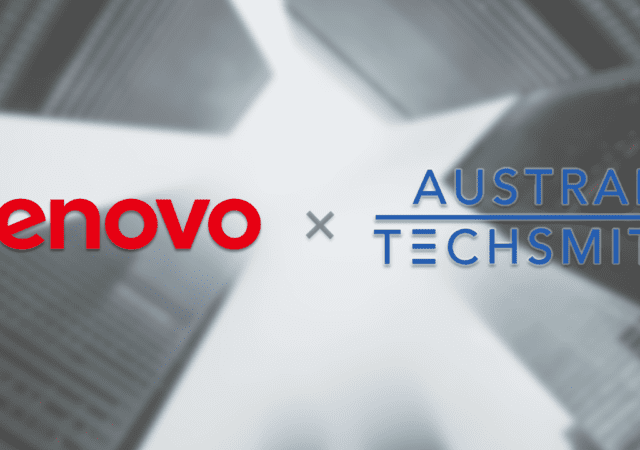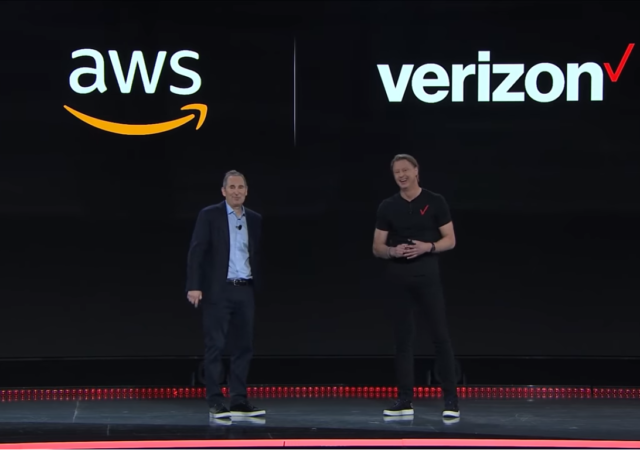Lenovo and Austral Techsmith join forces to bring next-generation video analytics to Malaysian cities through their strategic partnership and innovative 5G smart poles.
Edge Computing Unbounded: A look at How New Organizations are Using Edge Computing as Competitive Differentiation
This article is contributed by Francis Chow, Vice President and General Manager, In-Vehicle Operating System and Edge, Red Hat Organizations across the globe are deploying new services, generating massive amounts of data at the edge. With this explosion of data,…
5G Edge & Security Deployment Evolution, Trends & Insights
With 5G taking center stage in 2023, Red Hat takes a look at the 5G Edge and some of the trends and insights driving adoption.
Edge Automation: Seven Industry Use Cases & Examples
With edge computing becoming more mainstream, numerous use cases and challenges have emerged. Red Hat shares some of the most pertinent.
Edge Computing Benefits and Use Cases
Red Hat weighs in on the benefits of deploying and utilising edge computing in operations with actual use cases.
2022 and Beyond – Technologies that will Change the Dialogue
2022 is set to be one of the most revolutionary years in tech with the increase in 5G adoption as well as changing paradigms in cloud computing.
5G, Industry, & Collaboration at the Edge
Companies continually need to be at the forefront. With the emergence of edge computing and 5G, the need for collaborative innovation is even more prevalent.
Beyond the Now: Thrive in 2021 with These Five Trends
Red Hat weighs in on the emerging trends that will define the technology landscape and help organizations thrive in 2021.
Amazon Partners With Verizon for 5G Edge Computing with AWS Wavelength
5G is fast becoming the norm in the tech industry as more countries see the rollout of their own 5G networks. Back at AWS re:invent, Amazon Web Services made a significant announcement, in partnership with Verizon, which made it the…











